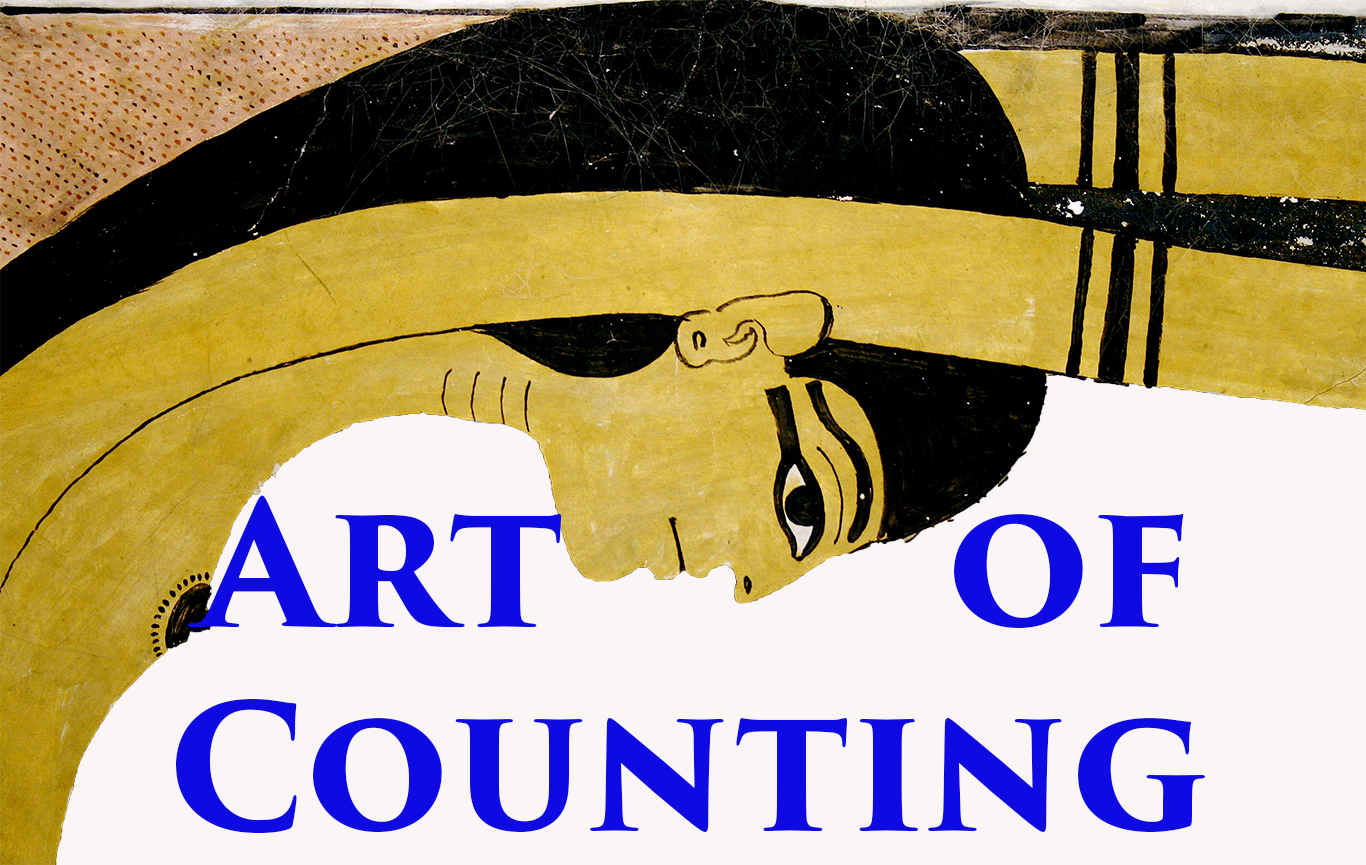
by Art of Counting | Variable of the Day
Tomb of Ramses VI (KV 9) NOTE: These tiny panther or leopard pelts appear at the top of the king’s apron. Sometimes, only the head of the cat is articulated, other examples (like this one) also show the forelegs and paws, and others include the hind legs...

by Art of Counting | Variable of the Day
Temple of Ramses III at Medinet Habu NOTE: This designation refers to royal aprons that have two uraei at the base, flanking the bottom and usually facing out. This particular example also shows ribbons (red and blue, when preserved in color) on ether side of...

by Art of Counting | Variable of the Day
Temple of Seti I at Abydos NOTE: The shwty crown (the name is a dual form of the word shw, meaning plume–also known as the ‘double plume’ crown), like other royal headgear, had a basic form that could be elaborated upon by adding other...

by Art of Counting | Variable of the Day
Tomb of Khaemwaset (QV 44) NOTE: This term refers to the voluminous overgarment that was worn first by Amenhotep III and becomes common on pharaoh in the later New Kingdom. The garment is often rendered as being elaborately pleated and quite sheer, so that...






